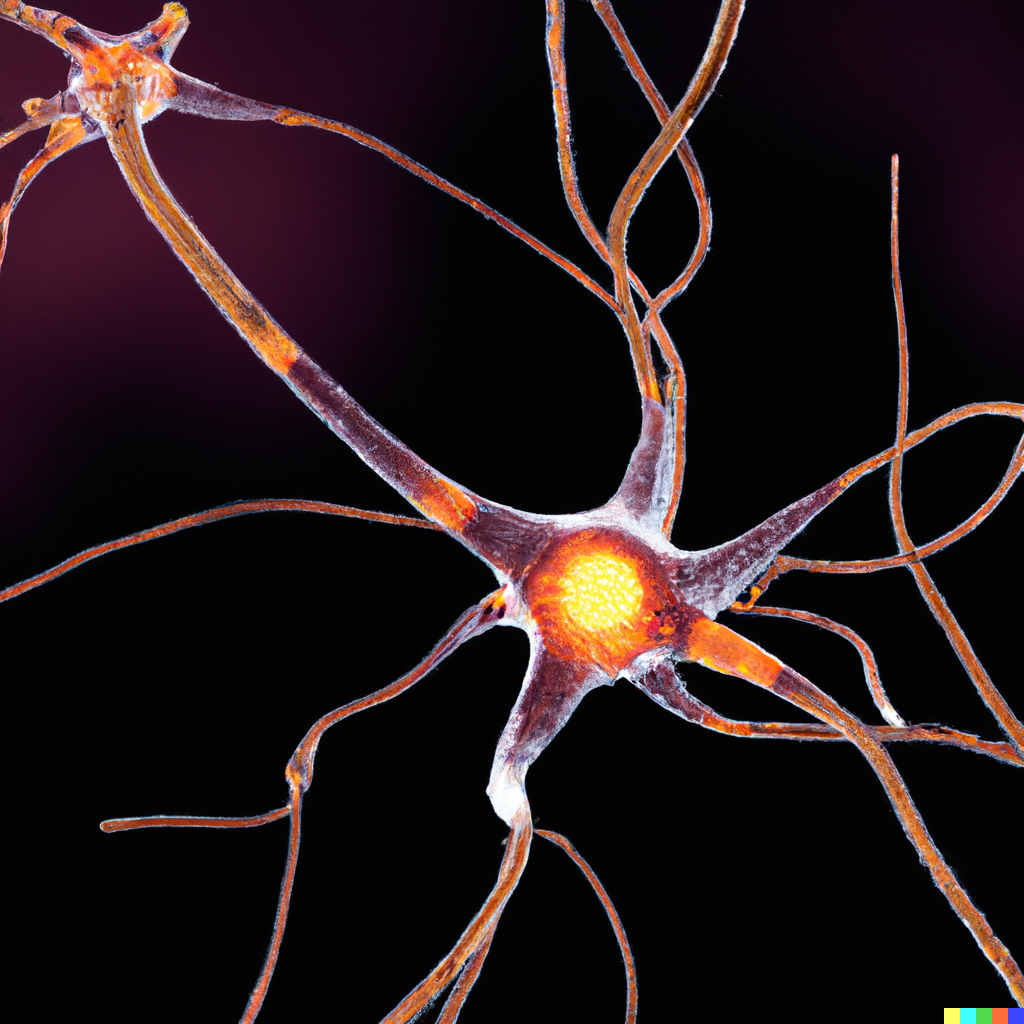Stay Connected and Engaged with GrandPad: A Simplified Tablet for Dementia and Alzheimer’s:

Dementia and Alzheimer’s can make it difficult for individuals to stay connected with their loved ones and engaged with the world around them. However, technology can offer solutions to help bridge that gap. The GrandPad, a simplified tablet computer designed specifically for seniors, can be a useful tool for individuals with dementia and Alzheimer’s. With its easy-to-use interface, cellular connectivity, and family connectivity features, the GrandPad can help seniors with cognitive impairment stay connected, stimulated, and engaged. In this article, we’ll explore how the GrandPad can benefit individuals with dementia and Alzheimer’s and provide a closer look at its features.
The GrandPad can be useful for individuals with dementia in several ways:
- Simplified interface: The GrandPad has a simple and intuitive interface with large buttons and icons, making it easy for individuals with dementia to use and navigate.
- Reminders and notifications: The GrandPad can be set up to send reminders and notifications for medication schedules, appointments, and other important events, helping individuals with dementia to stay organized and on track.
- Video calls: The GrandPad’s video call feature allows individuals with dementia to stay connected with their loved ones, reducing feelings of loneliness and isolation.
- Music therapy: The GrandPad has a pre-installed music app that can be used for music therapy, which has been shown to improve mood, reduce anxiety, and improve cognitive function in individuals with dementia.
- Family connectivity: The GrandPad’s family connectivity features allow loved ones to remotely manage the device, send photos, and share updates, providing a sense of security and comfort to individuals with dementia who may feel disconnected from their family members.
How Does Grandpad compare to Apple’s iPad?
While the GrandPad and iPad share some similarities as tablet computers, they are designed for different target audiences and have some key differences:
- Target audience: The GrandPad is designed specifically for senior citizens who may not be tech-savvy, whereas the iPad is designed for a broader audience, including individuals of all ages.
- Interface: The GrandPad has a simplified interface with large buttons and icons, which can make it easier for seniors with limited tech experience to use. The iPad, on the other hand, has a more complex interface with smaller icons and buttons that may be more challenging for some seniors.
- Cellular connectivity: The GrandPad comes with a built-in cellular connection, while iPads typically require a separate data plan or Wi-Fi connection to access the internet.
- Accessibility features: Both devices offer accessibility features like text-to-speech and high-contrast mode, but the GrandPad’s interface is designed to be more user-friendly for seniors with visual or hearing impairments.
- Apps and functionality: While the GrandPad has some pre-installed apps for basic functions like email, messaging, and web browsing, the iPad has a much wider selection of apps and more advanced functionality for tasks like video editing, music production, and gaming.
- Price: The GrandPad is typically sold as part of a monthly service plan that includes cellular connectivity and customer support, which can make it more expensive than an iPad upfront. However, iPads may require additional costs for data plans or Wi-Fi access.
The GrandPad and iPad are different devices designed for different audiences and purposes. The GrandPad is designed to be a simplified tablet computer for seniors, with a focus on ease of use, family connectivity, and accessibility. The iPad is a more versatile and powerful device that can be used for a wide range of tasks, but may not be as user-friendly for seniors with limited tech experience.





